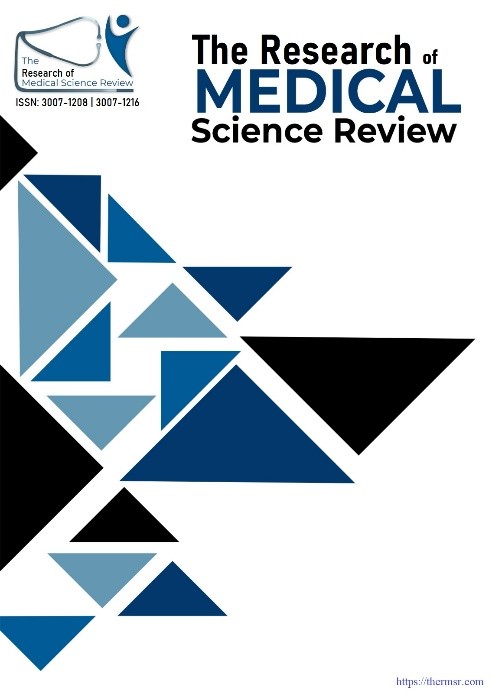AUTO GRAFTS IN ACL RECONSTRUCTION FROM HAMSTRING TENDON AND BONE PATELLAR TENDON BONE – A LITERATURE REVIEW
Main Article Content
Abstract
The enduring controversy between optimal auto grafts for ACLR continues with HT and BPTB being the predominant options. This review seeks to extend the existing literature by analyzing the outcomes and complications related to these options along with their overall viability. Multiple systematic reviews and longitudinal studies [8, 11, 12] established that restful knee mobility and the rate of restoring ligamentous laxity (including both anteroposterior and rotational) stagnated about equilibrium [8,9,10], functional outcome measure (including but not limited to IKDC, Lysholm, KOOS, and even Tegner) [8,9,13], total sports participation counts [18], sum reported graft failure or revision rates [14,15,16,17] for HT and BPTB grafts. The Age variable greatly affects the chances of re-rupture occurring irrespective of the graft type [14,16,17].
Differences in Operative Site Morbidity Revision has Significantly greater anterior knee pain, particularly during kneeling (1,2) and notable postoperative Quadriceps Tinetti test weakness were associated with BPTB grafts. While HT grafts have been associated with lower anterior knee morbidity, there is still a risk of persisting weakness in hamstring strength, especially in deep knee flexion (3,19), albeit the impact on function is different across individuals. Rates of complications (infection, arthrofibrosis) are not high and are relatively the same across the grafts (8,13). PROMs (8,9,13) show no clinically significant differences. In conclusion, Neither HT nor BPTB auto graft showed distinct achievement across parameters deemed superior in overall ACLR effectiveness. Choosing the graft type is the most rational, considering the varying morbidity profiles (pain with kneeling and quad issues with BPTB, strength with HT) corresponding to patient demographics (age, activity level), sport or occupational roles (especially engaging in kneeling), pre-existing patellofemoral joint conditions, and the skill level of the surgeon. Decision making on the graft type to use is very important because either way, and with proper surgical technique and rehabilitation, excellent outcomes attained since both grafts perform well when used carefully.
Downloads
Article Details
Section

This work is licensed under a Creative Commons Attribution-NonCommercial-NoDerivatives 4.0 International License.
